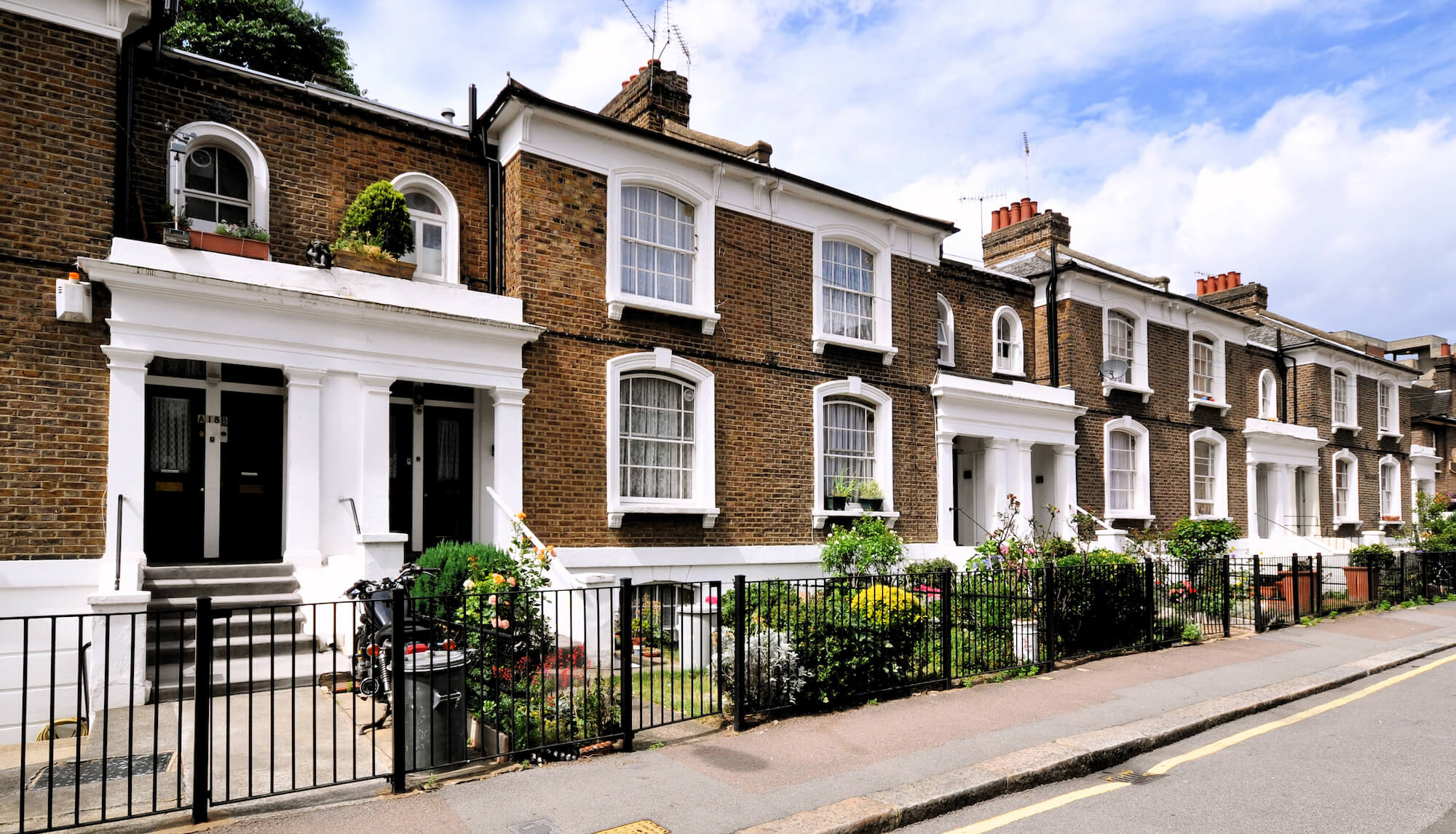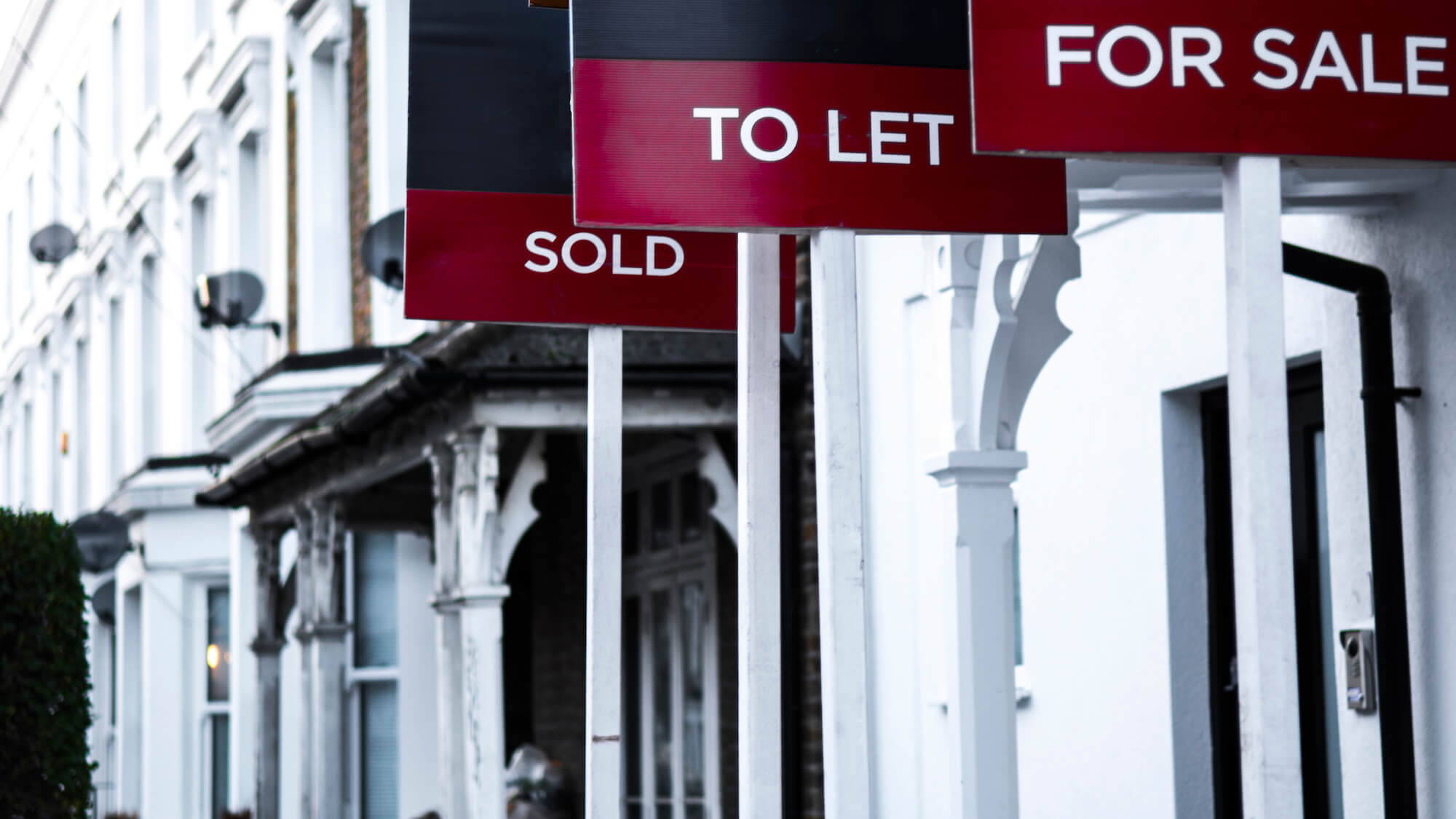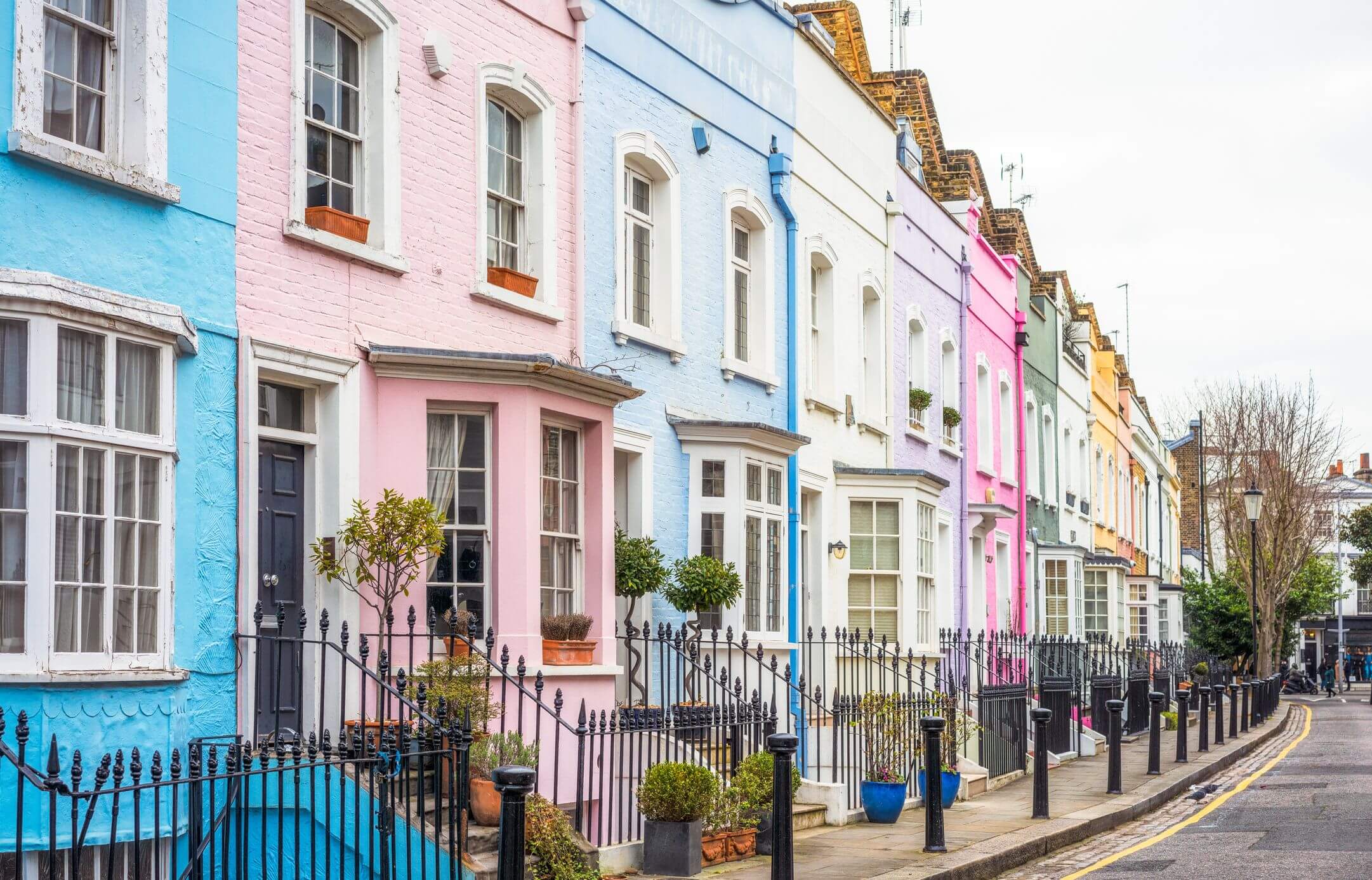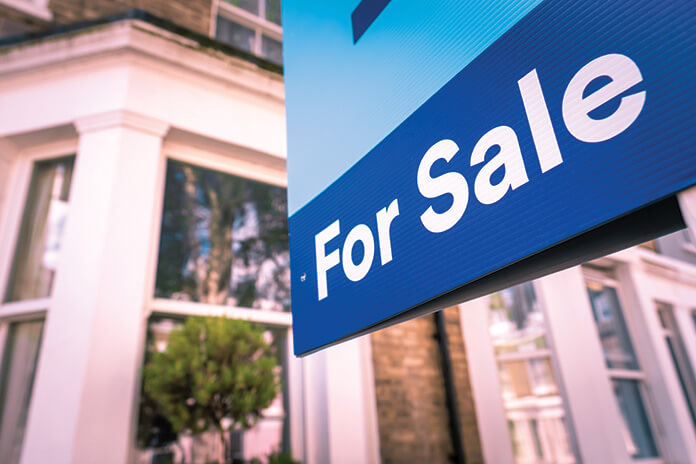Mortgage Rates Increase as Property Prices Fall – Again
Mortgage rates are set to rise further after the announcement by the Bank of England that interest rates would increase by a half a percentage point.
The rise, from 3.5 per cent to four per cent, makes the base rate the highest it’s been for 15 years – at the start of the 2008 recession. It means the average residential tracker mortgage will increase by around £50 month, or £588 a year.
Around 715,000 households in the UK have tracker mortgages. Another 1.4 million face renewing their fixed-rate mortgage at a higher rate this year, according to the Office for National Statistics (ONS).
Inflation starting to fall as mortgages go up
Economists considered the jump in the bank’s base rate ‘inevitable’ as the Bank struggles to contain inflation here in the UK. The good news is that their strategy finally appears to be working, with October’s inflation figure of 11.1 per cent having fallen to 10.5 per cent today. The Bank’s governor says he now expected the figure to come down rapidly, not that ‘a corner had been turned.’
But inflation isn’t the only thing that’s coming down. Only yesterday, Nationwide’s figures showed that the value of the average property in the UK fell for the fifth time in a row. It dropped to £258,297 in January – 0.6 per cent lower than the previous month.
Not surprisingly, the number of properties being sold has also dropped. Recessionary pressures and higher mortgage interest rates are the main culprits here. The fall of 9,000 approvals between November and December (46,000 and 35,000 respectively) is the lowest number of approvals recorded since 2009. The approvals figure is in line with a fall in the number of mortgage applications since the mini-budget introduced by the Liz Truss when she was PM.
Landlords to increase rents with another base rate hike
Meanwhile, a survey shows that landlords are intent on increasing rents if the Bank’s base rate gets to 4.5 per cent later this year.
Bournemouth-based lenders Finbri canvassed 1001 landlords for their research. More than half of those interviewed – 52.7 of landlords – said they would put their rent up to match increasing mortgage costs. A further 44 per cent of landlords said an increased base rate would prompt them to consider putting their properties back on the market. They would instead, look for other sectors to invest in, such as stocks & shares, hedge funds or even cryptocurrency.
The base rate could indeed rise to 4.5 per cent by summer this year as many analysts predict. At this moment in time though, it remains speculative.
But it’s not only higher interest rates that landlords are wrestling with – inflation is putting up prices overall, meaning maintenance costs are higher than ever before. Then there is the possibility of rent arrears and ultimately void properties as tenants fall behind with rents.
Get in touch
Keep up to date with property market news by subscribing to a free trial of Blue Bricks magazine here today. You can cancel after the trial and it costs nothing, or it’s just £9.99 if you like it and want to continue (which we’re sure you will).










